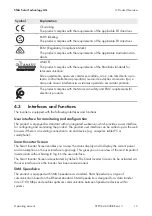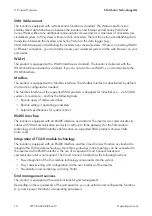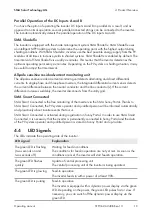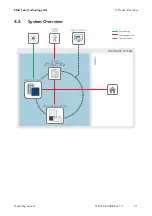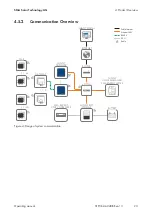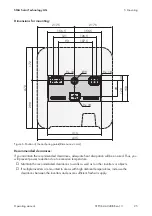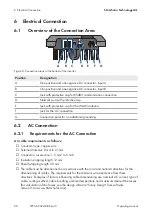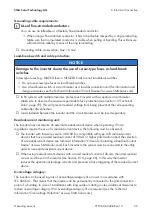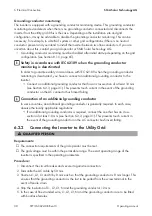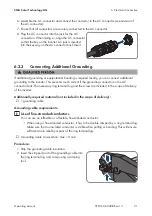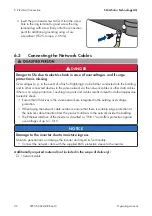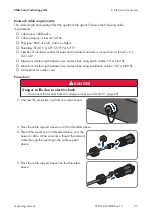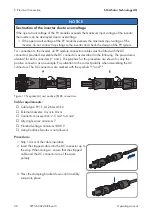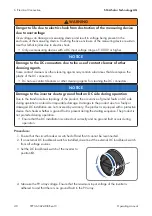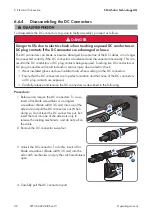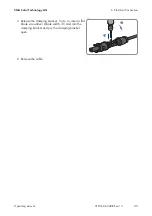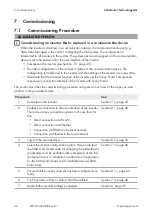
6 Electrical Connection
SMA Solar Technology AG
Operating manual
STP3-6-3AV-40-BE-en-13
29
Grounding cable requirements:
Use of fine-stranded conductors
You can use an inflexible or a flexible, fine-stranded conductor.
• When using a fine-stranded conductor, it has to be double crimped by a ring terminal lug.
Make sure that no insulated conductor is visible when pulling or bending. This will ensure
sufficient strain relief by means of the ring terminal lug.
☐ Grounding cable cross-section: max. 10 mm²
Load-break switch and cable protection:
NOTICE
Damage to the inverter due to the use of screw-type fuses as load-break
switches
Screw-type fuses (e.g. DIAZED fuse or NEOZED fuse) are not load-break switches.
• Do not use screw-type fuses as load-break switches.
• Use a load-break switch or circuit breaker as a load disconnection unit (for information and
design examples, see the Technical Information "Circuit Breaker" at www.SMA-Solar.com).
☐ In PV systems with multiple inverters, protect each inverter with a separate circuit breaker.
Make sure to observe the maximum permissible fuse protection (see Section 13 "Technical
Data", page 97). This will prevent residual voltage from being present at the corresponding
cable after disconnection.
☐ Loads installed between the inverter and the circuit breaker must be fused separately.
Residual-current monitoring unit:
The inverter does not require an external residual-current device when operating. If local
regulations require the use of a residual-current device, the following must be observed:
☐ The inverter with firmware version 3.00.00.R is compatible with type A/B residual-current
devices that have a rated residual current of 30 mA or higher (information about the selection
of a residual-current device see technical information "Criteria for Selecting a Residual-Current
Device" at www.SMA-Solar.com). Each inverter in the system must be connected to the utility
grid via a separate residual-current device.
☐ When using residual-current devices with a rated residual current of 30 mA, the rated residual
current must be set in the inverter (see Section 8.16, page 66). In this way the inverter
reduces the operational leakage currents and prevents a false triggering of the residual-current
device.
Overvoltage category:
The inverter can be used in grids of overvoltage category III or lower in accordance with
IEC 60664-1. That means that the inverter can be permanently connected to the grid-connection
point of a building. In case of installations with long outdoor cabling routes, additional measures to
reduce overvoltage category IV to overvoltage category III are required (see the Technical
Information "Overvoltage Protection" at www.SMA-Solar.com).
Summary of Contents for STP3.0-3AV-40
Page 106: ...www SMA Solar com ...



